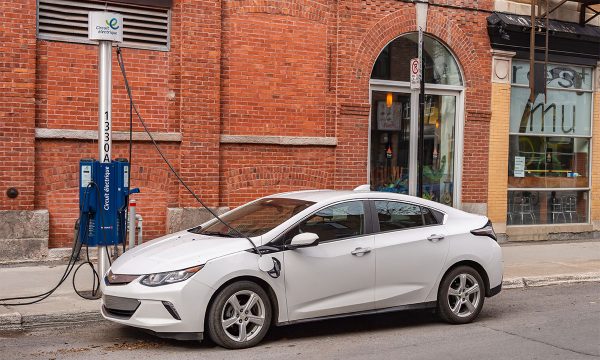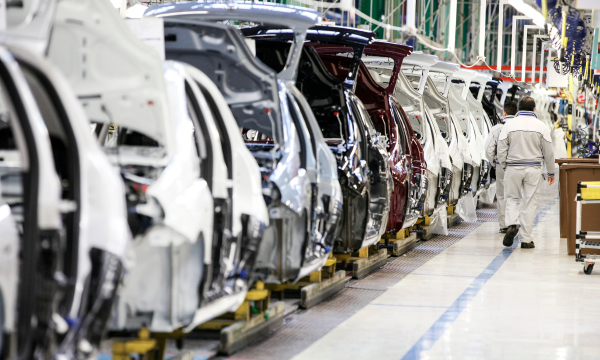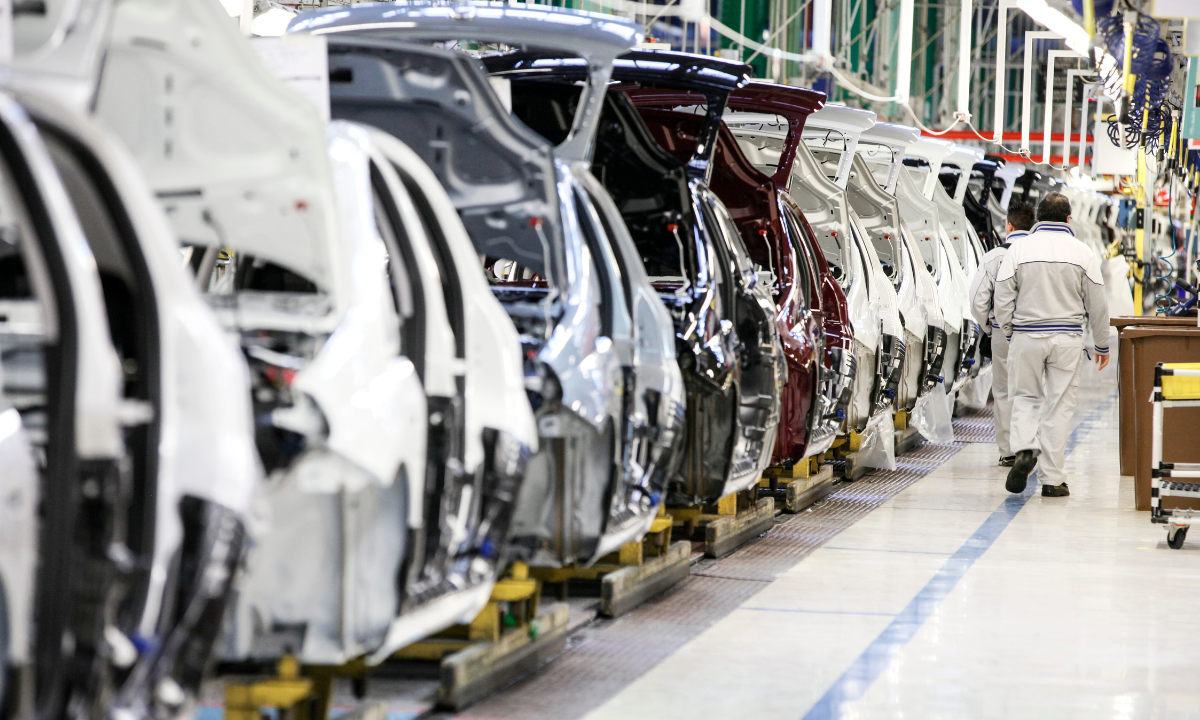Honesty and transparency about the economy will help with consumer anxieties
Automobile dealerships have been some of the most affected by the current economic situation.
After months of longing for more inventory, dealers are now caught in a scenario where more vehicles on the lot result in excruciatingly high carrying costs, while employment and labour costs remain at a historic level in order to match the increased costs of living.
On the other hand, buyers are feeling uneasy about the direction of the economy, but some of them are also unaware of the fact that auto supply has increased dramatically in the past weeks.
In fact, many of the dealers that CADA has engaged with have mentioned that the erratic changes in consumer behaviour are some of the most worrisome aspects of the current state of the industry.
Part of this quickly changing and unpredictable behaviour is due to how the economy has been portrayed recently. For months, the media landscape has been littered with articles and columns about the numerous, consecutive interest hikes that have occurred here in Canada.
While this has contributed to much-needed elevated public awareness about the implications of these interest rates, it has also created a lot of anxiety for the majority of Canadians. In fact, economic anxiety seems to be widespread—more than 72 per cent of Canadians feel as if the interest rates are outpacing their financial capabilities.
However, one of the problems with this discussion is that it has remained strangely tied to a Canada-centric perspective of the economic situation and inflation crisis that underlies this monetary policy.
It is necessary to expand the debate by complementing it with a clearer explanation of how this situation is not simply the outcome of Canadian decision-making and economic behaviour, but the result of an important sequence of events that are occurring across the world.
The main element that deserves mentioning is that there are still a lot of unknowns regarding the effects of a worldwide propension towards increasing interest rates. It is difficult to evaluate exactly how a single country’s economy, like Canada’s, for example, might be affected when many of its economic partners are all using similar “tools” to limit spending and thus reduce inflation.
Of course, all of this seems to be pointing towards a global economic contraction—a recession—but it does not inform both consumers and business owners on the more delicate nuances of this possibility.
For example, the auto industry is one characterized by economic integration where the final product is the result of multiple factories and firms, spread across the planet, interacting constantly.
Some of the economies hosting these “production nodes” may diverge on many aspects: worker qualifications, property laws, access to credit, fiscal stability, government spending—this endless list underlines how supply chains, anchored in varied economic set-ups, can be slowed down when a gauntlet of major countries are fighting inflation the same way and at the same time.
Disrupted supply chains can generate, as we found out throughout the pandemic, significant inventory shortages which then could also lead to price and overall market volatility.
The timeframe of it all is also to be determined: interest hikes tend to have their full effects around six to twelve months after the fact. Considering that the raises have been staggered over a few months, it is difficult to anticipate when the proper moment will be to assess accurately the actual and future state of, not only the automobile market, but the economy as a whole.
While it is possible that some potential buyers are betting on an upcoming recession to come with a decline in interest rates, there seems to be a shared consensus between central banking institutions that the goal is, and should remain, to reduce inflation and to, most importantly, ensure that inflation expectations remain anchored. If that truly is the primary focus and that employment numbers stay as solid as they currently are, the argument can easily be made that higher interest rates could be maintained during the potential economic contraction (depending on its severity).
Clear, comprehensive and nuanced dialogue from the media and within the dealerships could play a major role in ensuring that most consumers have the proper information required to make a decision of financial importance like the purchase of a vehicle. For many of the reasons presented, it might not be sufficient to simply look at interest rates hikes, or decline, as a trigger to enter the market. Better communication has to come from the top also—the IMF has recently published articles pushing for more transparency and clarity from central banks regarding policy decisions.
Whether you are a potential buyer or business owner, everybody should be encouraged to engage in conversations about the economy. It is a crucial exercise because it generates a better understanding from the public, through which decision-making becomes more astute, anchored in facts and less motivated by an overly pessimistic, or optimistic, feeling toward the economy.
This, in turn, facilitates the dealer-consumer relationship when both parties have a more in-tune dialogue regarding the economy and all the personal anxieties that could be tied to it.

















